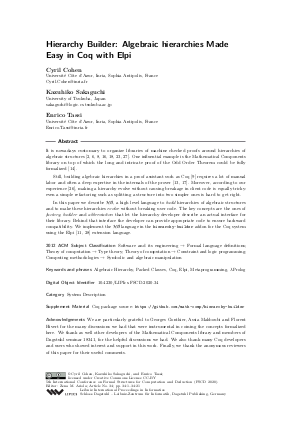LIPIcs.FSCD.2020.34.pdf
- Filesize: 0.64 MB
- 21 pages

 Creative Commons Attribution 3.0 Unported license
Creative Commons Attribution 3.0 Unported license








Feedback for Dagstuhl Publishing